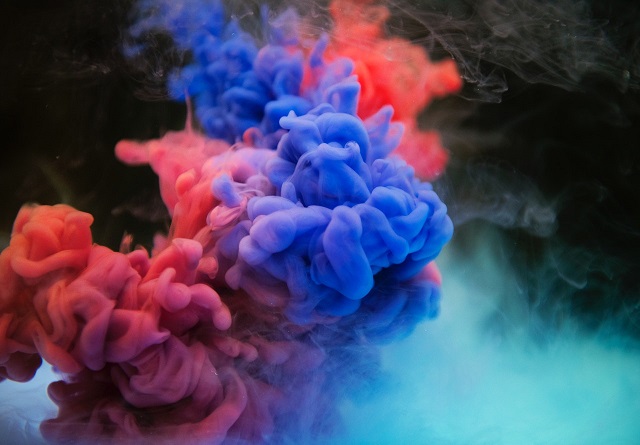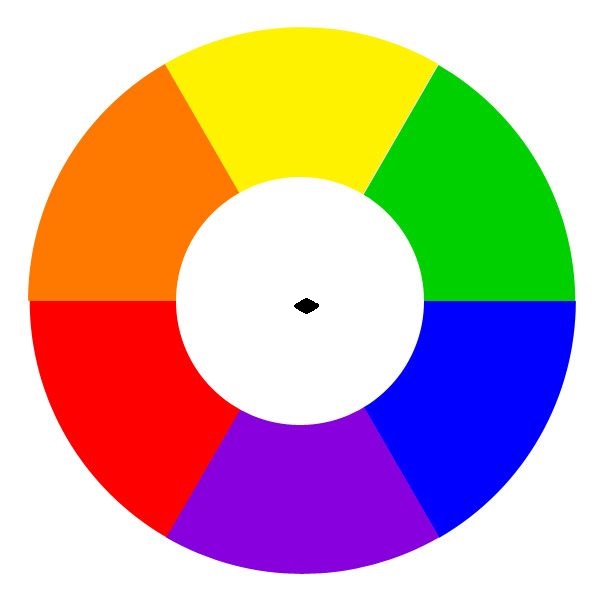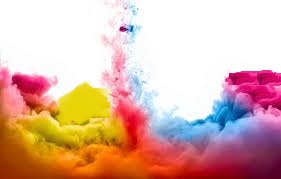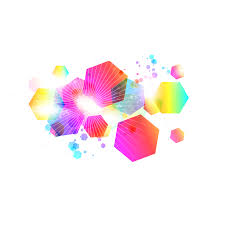
Color Psychology – How Colors Influence and Effect Us
Overview
Color is referred to as the by-product of the spectrum of light (as it’s reflected or absorbed) as recognized and processed by both the human eye and the brain. We are surrounded by it every moment of every day. And it would not be an exaggeration to say that our lives would be so dull without it. What would really surprise you is the fact that there’s something called color psychology. For the uninitiated, color psychology helps us understand how colors effect and influence us on a psychological level. And for brands, understanding the psychology of color in advertising would help them interact and communicate better with their customers.
Color Theory
Color theory is a term used to describe the collection of rules and guidelines regarding the use of color in art and design, as developed since their early days. Color theory informs the design of color schemes, aiming at aesthetic appeal and the effective communication of a design message on both the visual level and the psychological level.
Color Wheel basics
The foremost element of the color theory is the color wheel, where we find three color groupings: primary colors, secondary colors, and tertiary colors. This wheel helps to further stratify colors. Primary colors are red, yellow, and blue; they cannot be created by mixing other color combinations. Furthermore, there are three secondary colors (colors created when primary colors are mixed: green, orange, purple) and six tertiary colors (colors made from primary and secondary colors, such as blue-green orred-violet).
Terminologies used in color theory
- Hue – Hue describes the basic pure color. When we say “blue,” “green,” or “red,” we’re talking about hue.
- Chroma – Chroma refers to the purity of a color. A hue with high chroma has no black,white, or gray added to it.3
- Saturation – Saturation refers to how a hue appears under particular lighting conditions. Think of it as the intensity of the hue (for ex: pale vs strong hues)
- Tones – Tones are created when gray is added to a hue. Tones are generally duller or softer-looking than pure hues.
- Shades – A shade is created when black is added to a hue, making it darker.
- Tints – A tint is formed when white is added to a hue, lightening it.

What Role Does Color Play?
Color is powerful because it helps in changing the mood. From a brand’s perspective, understanding the psychology of color in advertising can change the game. Our subconscious mind is highly influenced by the spectrum of colors we see. As such, colors can affect us in ways that we are seemingly unaware of. Let’s see below what each colour signifies in design:
Blue
Security, Trustworthy, Stability, Loyalty, Wisdom, Confidence, Trust, Friendliness, Preservation, Courage, Science.
Green
Wealth, Money, Calming, Trees, Ambition, Endurance, Healing, Calm, Generosity, Natural, Completion, and Protection.
Yellow
Optimism, Childish, Freshness, Law, Education, Arrogance
Orange
Cheerful, Passion, Pleasure, Enthusiasm, Fascination,
Creativity, Fun.
Red
Energy, Power, Vigor, Leadership, Courage, Passion,
Activity, Joy
White
Innocence, Purity, Light, Goodness, Heaven, Cleanliness,
Safety.
Black
Powerful, Mysterious, Elegance, Sophistication,
Functionality.

A graphic about the different colours
You don’t have to be an expert designer or brand consultant to get the hang of this. Using the above legend, even a layman can understand which color would suit a communication the best.For instance: if you are an energy drink brand looking to communicate excitement and energy,red, yellow or orange would work. Whereas, if you are a green tea brand that promotes healthy living, you’d probably be safer steering clear of these three colors.

Colours Shape Perception
It is clear that our use of colours defines how our communication would be received by our audience. It’s imperative that we choose the right colours in order to communicate everything we have to say, nothing less nothing more. No matter if you are a brand or an individual, understanding the psychology of color in advertising will solve a lot of problems for you. How to Choose the Best Colors for Your Communications? In addition to the above information, get expert advice from brand consultants and professional design agencies. Professionals like us. At Saypan Communications, we understand what it takes to be amongst the best branding and advertising agencies in Pune. we understand what your brand requires, which colours you should be using, and what designs will work for you. Need help choosing the best colors for your communications?

